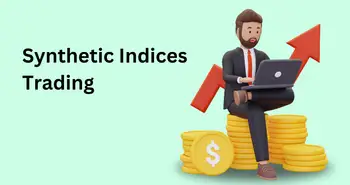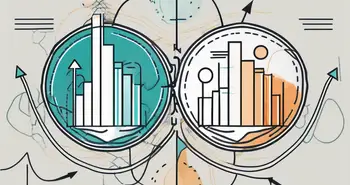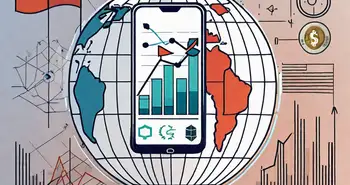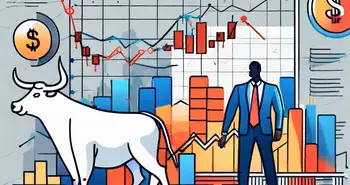The Rise of Synthetic Trading: Revolutionizing the Financial Markets
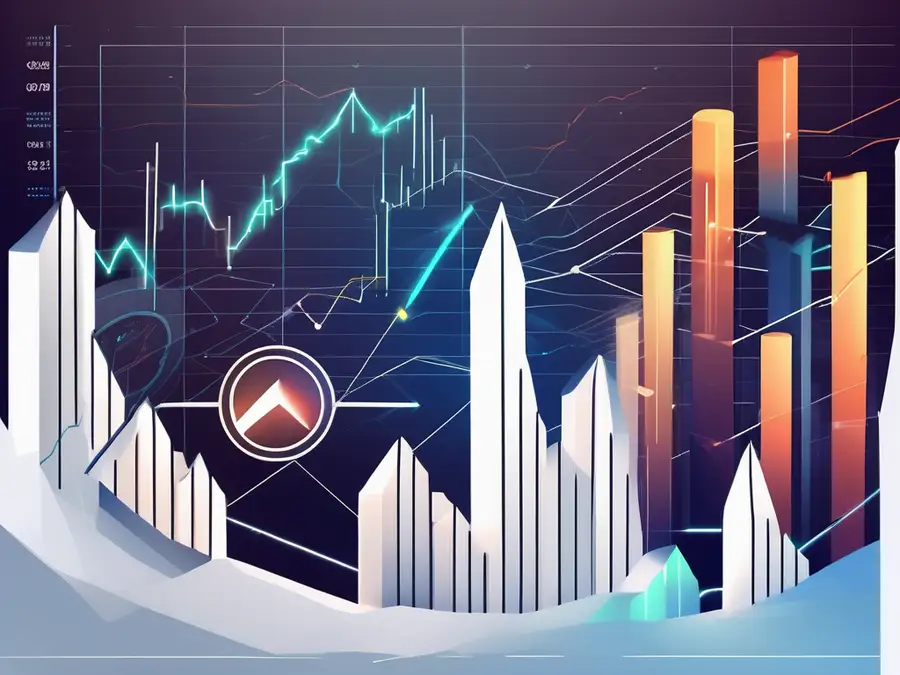
In this era of rapid technological advancements, the financial markets have experienced a revolutionary transformation. One such development that has taken the industry by storm is synthetic trading. As an expert in the field, I will guide you through this exciting new phenomenon, explain its impact on global financial markets, and highlight the benefits and risks associated with it.
Understanding Synthetic Trading
In order to comprehend the impact of synthetic trading, it is essential to grasp the concept at its core. Synthetic trading is a strategy that allows investors to replicate the performance of an underlying asset without actually owning it. This is achieved by combining multiple financial instruments, such as options, futures, and swaps, to create a synthetic position.
Definition and Basics of Synthetic Trading
Synthetic trading involves the use of derivative contracts to mimic the movements of an underlying asset. By using a combination of these derivatives, investors can gain exposure to the asset's price movements without physically owning it. This strategy opens up a world of possibilities, allowing traders to take advantage of market opportunities and diversify their portfolios.
The Role of Synthetic Trading in Financial Markets
Synthetic trading plays a crucial role in the financial markets by offering investors flexibility and efficiency. It allows them to gain exposure to a wide range of assets without the need for physical ownership, saving costs and streamlining trading processes. Additionally, it enables market participants to hedge their positions and manage risk effectively, leading to enhanced portfolio performance.
The Evolution of Synthetic Trading
The journey of synthetic trading can be traced back to its early days, where it started as a niche strategy. Over the years, advancements in technology and financial innovation have propelled it into the mainstream.
The Early Days of Synthetic Trading
In the early days, synthetic trading was primarily used by institutional investors and large financial institutions. These players recognized its potential to gain exposure to assets with minimal capital outlay and to implement complex trading strategies. As the benefits became apparent, synthetic trading began to gain popularity among retail traders as well.
Modern Developments in Synthetic Trading
In recent times, technological advancements have accelerated the evolution of synthetic trading. Automated trading systems and algorithmic trading have made it more accessible to a wider range of investors. The advent of online trading platforms has further democratized the strategy, allowing individual traders to participate in this exciting financial revolution.
The Impact of Synthetic Trading on Global Financial Markets
The rise of synthetic trading has not only transformed the way investors trade but has also had a significant impact on global financial markets as a whole. Let's explore some of the key changes it has brought about.
Changes in Trading Practices
Synthetic trading has revolutionized trading practices by providing investors with a versatile toolset. It has enabled them to implement sophisticated trading strategies, leverage their positions, and mitigate risk effectively. As a result, the overall trading landscape has become more dynamic and efficient, driving market growth and liquidity.
Influence on Market Volatility
The introduction of synthetic trading has had a profound impact on market volatility. By allowing investors to take positions on a wide range of assets without physically owning them, synthetic trading has increased liquidity and market participation. This increased activity has the potential to generate greater price fluctuations, leading to heightened volatility in the financial markets.
The Benefits and Risks of Synthetic Trading
As with any financial strategy, synthetic trading comes with its own set of benefits and risks. Let's delve into both sides of the equation.
Advantages of Synthetic Trading
Synthetic trading offers numerous advantages to investors. First and foremost, it provides them with access to a diverse range of assets, including those that may be difficult to trade directly. Additionally, it allows for more cost-effective trading, as synthetic positions can be created using derivative contracts instead of physically purchasing the underlying asset. Furthermore, synthetic trading facilitates risk management and portfolio diversification, enabling investors to maximize their potential returns.
Potential Drawbacks and Risks
While the benefits of synthetic trading are substantial, it's important to recognize the potential risks involved. Market volatility can affect the price of derivative contracts, leading to potential losses for investors. Additionally, the complexity of synthetic trading strategies requires a deep understanding of derivatives and their interactions, making it unsuitable for inexperienced traders. It is vital for investors to have a comprehensive knowledge of the risks involved and implement appropriate risk management protocols.
The Future of Synthetic Trading
The future of synthetic trading holds great promise, with exciting trends on the horizon.
Predicted Trends in Synthetic Trading
Experts predict that synthetic trading will continue to gain popularity and become an integral part of the financial industry. As technology continues to advance, we can expect to see more sophisticated trading algorithms and automated systems that incorporate synthetic trading strategies. Additionally, the integration of artificial intelligence and machine learning is set to revolutionize the way investors utilize synthetic trading to maximize their returns.
Synthetic Trading and Financial Technology Innovation
Financial technology, or fintech, will play a pivotal role in shaping the future of synthetic trading. The seamless integration of trading platforms, data analytics, and algorithmic trading systems will enhance the accessibility and efficiency of synthetic trading strategies. Moreover, advancements in blockchain technology may introduce new possibilities for synthetic trading, making it more secure and transparent.
FAQ – Frequently Asked Questions
What is synthetic trading?
Synthetic trading is a strategy that allows investors to replicate the performance of an underlying asset without actually owning it. It involves using a combination of derivative contracts to mimic the movements of the asset's price.
What role does synthetic trading play in financial markets?
Synthetic trading offers investors flexibility and efficiency by allowing them to gain exposure to a diverse range of assets without the need for physical ownership. It also enables effective risk management and portfolio diversification.
What are the benefits of synthetic trading?
Some of the benefits of synthetic trading include access to a diverse range of assets, cost-effective trading, and enhanced risk management and portfolio diversification.
What are the risks associated with synthetic trading?
Market volatility and the complexity of synthetic trading strategies are among the risks investors should consider. It's crucial for investors to have a comprehensive understanding of the risks involved and implement appropriate risk management protocols.
What does the future hold for synthetic trading?
The future of synthetic trading is expected to include more sophisticated trading algorithms, automated systems, and advancements in financial technology. Artificial intelligence, machine learning, and blockchain technology are set to revolutionize the way investors utilize synthetic trading strategies.
As an expert in synthetic trading, I encourage investors to stay informed, continuously update their knowledge, and seek professional guidance when venturing into this exciting field. The rise of synthetic trading has revolutionized the financial markets, presenting opportunities for savvy investors to thrive in an ever-changing landscape. Embrace the future of finance and harness the power of synthetic trading to unlock new realms of possibility.
Ready to be a part of the synthetic trading revolution and experience the future of finance? Join Morpher, the cutting-edge trading platform that's redefining the investment landscape. With Morpher, you can trade across a multitude of markets with zero fees, infinite liquidity, and the safety of a non-custodial wallet. Whether you're interested in fractional investing, short selling without interest fees, or leveraging up to 10x, Morpher offers a unique trading experience built on the Ethereum Blockchain. Embrace the power of Virtual Futures and take control of your trading destiny. Sign Up and Get Your Free Sign Up Bonus today, and start trading the Morpher way!

Disclaimer: All investments involve risk, and the past performance of a security, industry, sector, market, financial product, trading strategy, or individual’s trading does not guarantee future results or returns. Investors are fully responsible for any investment decisions they make. Such decisions should be based solely on an evaluation of their financial circumstances, investment objectives, risk tolerance, and liquidity needs. This post does not constitute investment advice.

Painless trading for everyone
Hundreds of markets all in one place - Apple, Bitcoin, Gold, Watches, NFTs, Sneakers and so much more.

Painless trading for everyone
Hundreds of markets all in one place - Apple, Bitcoin, Gold, Watches, NFTs, Sneakers and so much more.

